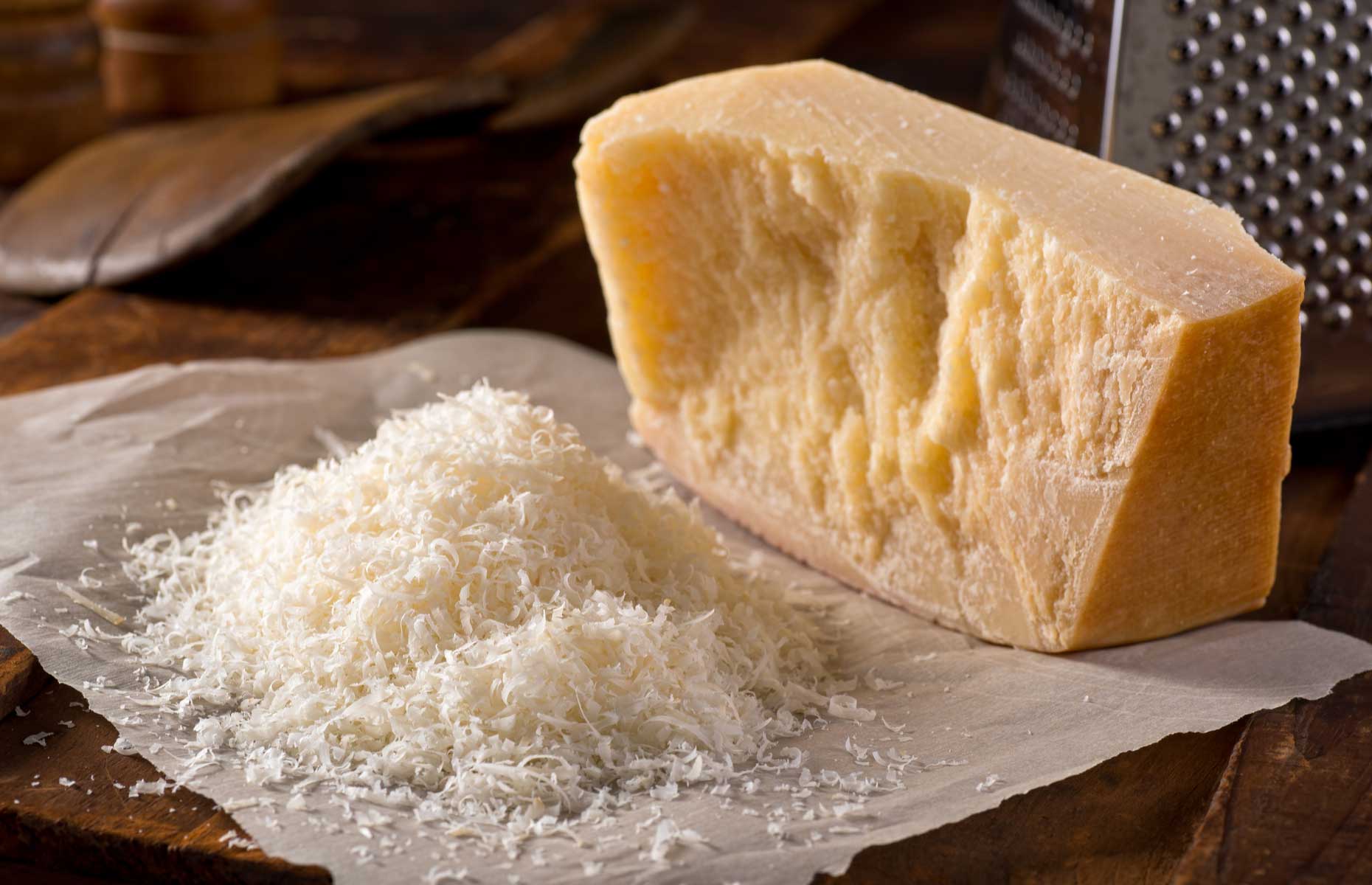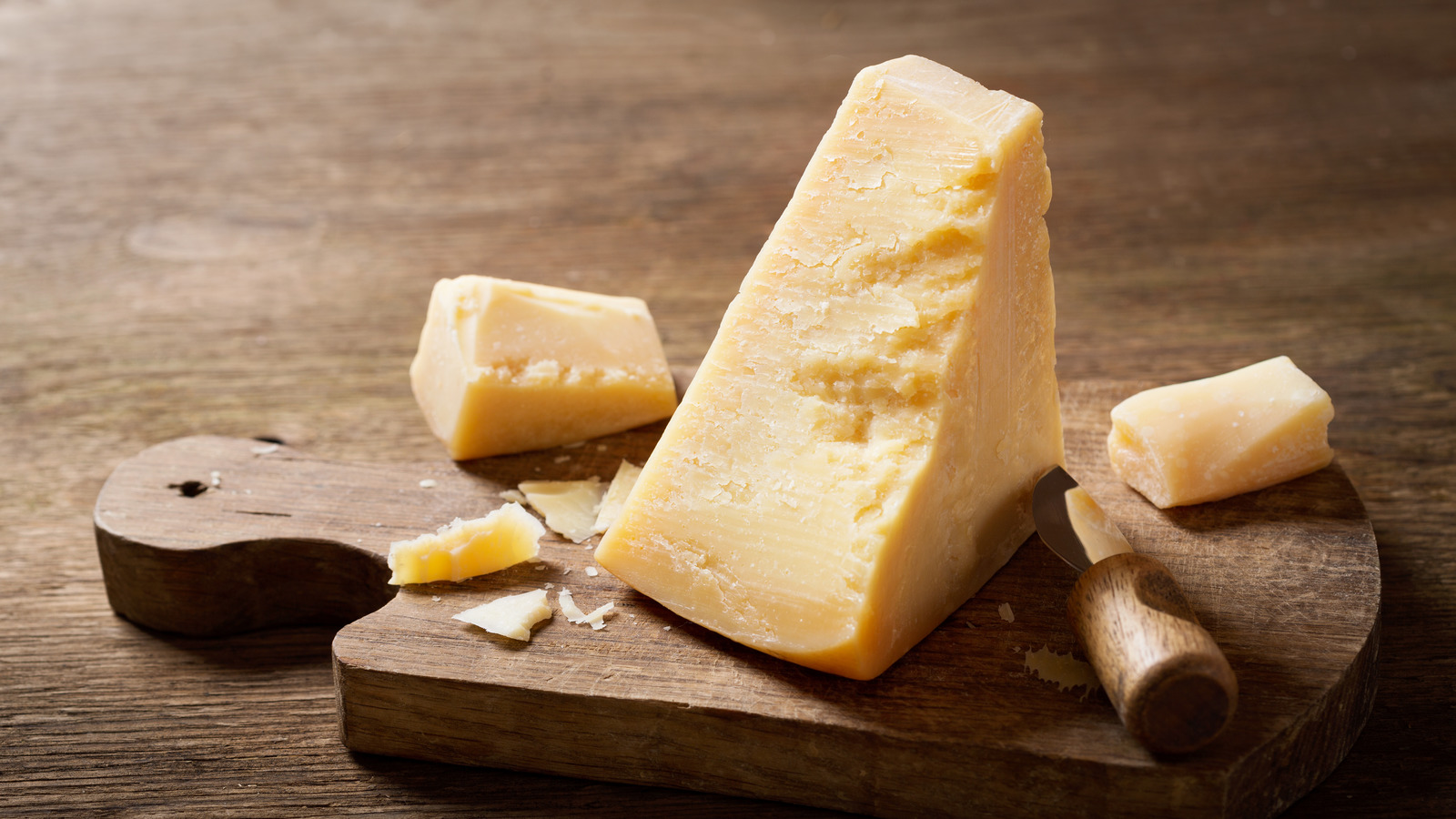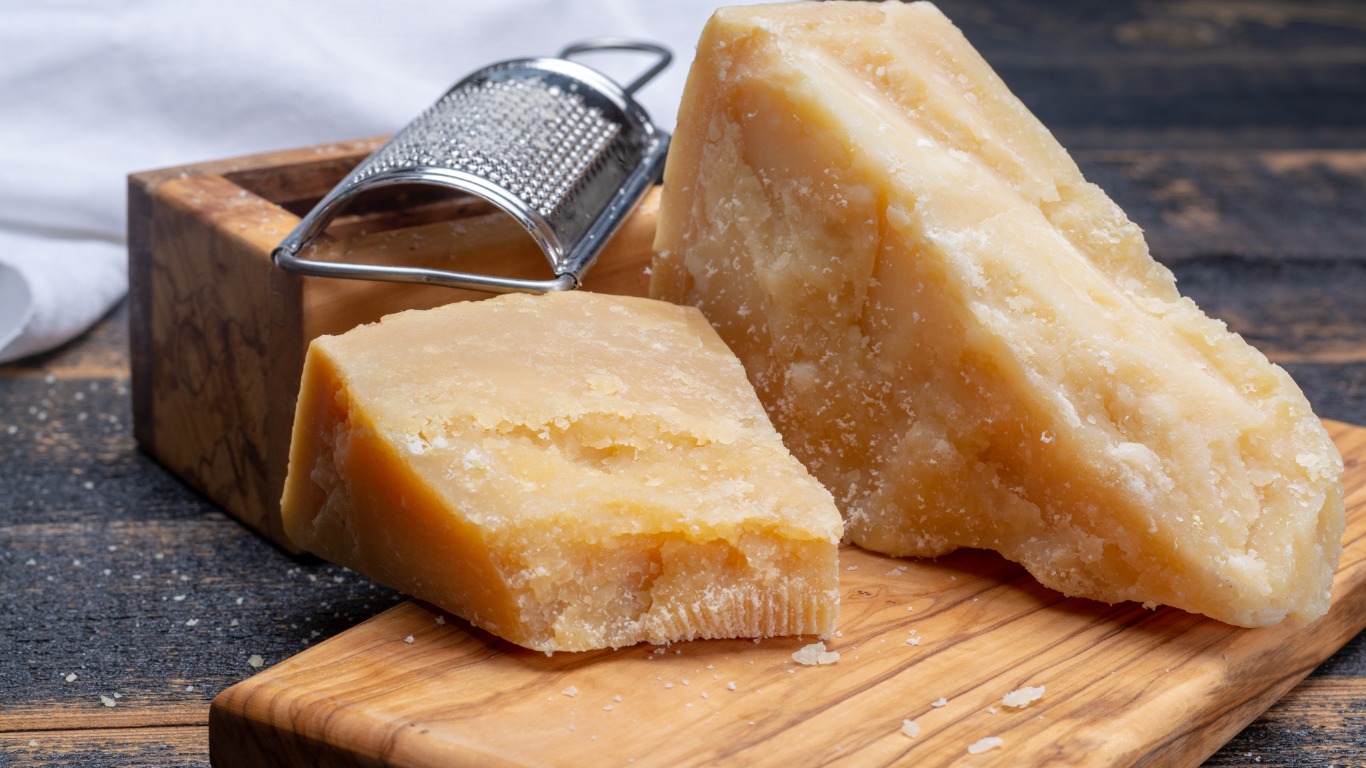Parmesan Stuffed Crust: Your Guide To A Deliciously Cheesy Edge
Detail Author:
- Name : Hiram Mitchell
- Username : hilton07
- Email : vjerde@balistreri.biz
- Birthdate : 1993-04-28
- Address : 5812 Karine Landing North Myrna, NM 01223
- Phone : (385) 853-7462
- Company : Heathcote and Sons
- Job : Food Preparation Worker
- Bio : Unde sed ut non eveniet. Corrupti voluptatem quia enim quia nesciunt deleniti officia. A quibusdam deleniti qui omnis molestiae ut dolor.
Socials
facebook:
- url : https://facebook.com/eloisa.tremblay
- username : eloisa.tremblay
- bio : Corrupti porro aperiam iure voluptas id et quisquam dicta.
- followers : 6388
- following : 681
twitter:
- url : https://twitter.com/eloisa.tremblay
- username : eloisa.tremblay
- bio : Error qui nisi beatae accusamus quia. Porro temporibus quasi neque reiciendis totam. Totam ut laboriosam qui expedita voluptatem rem.
- followers : 6176
- following : 478
instagram:
- url : https://instagram.com/eloisa.tremblay
- username : eloisa.tremblay
- bio : Commodi et corrupti ab ut omnis. Provident id omnis est voluptatem sunt beatae.
- followers : 3616
- following : 2916
Imagine taking a bite of pizza, and just when you think the experience is over, you hit a delightful surprise: a warm, gooey, and wonderfully savory edge. That, you see, is the magic of a parmesan stuffed crust. It’s a simple addition, yet it truly changes how you enjoy your pizza, turning what might be an afterthought into a highlight. People are really looking for ways to make their meals more exciting, and this kind of crust, well, it absolutely delivers on that promise, making every piece a complete joy.
For many, the crust of a pizza can sometimes feel like just a handle, something you hold onto until you reach the good stuff in the middle. But what if that edge itself held a secret? What if it offered a burst of flavor, a little extra something that made you want to savor every single part of your slice? That’s the idea behind putting cheese inside the crust, and when you pick parmesan, you’re adding a distinct, nutty, and salty taste that really complements a wide range of pizza toppings, too it's almost.
This approach to pizza crust has been gaining quite a bit of attention, and for good reason. It’s a clever way to use a popular cheese in a new and exciting manner, offering a different texture and a deeper flavor profile that keeps you wanting more. If you've ever wondered how to make your homemade pizza truly stand out, or if you're just curious about this cheesy wonder, you've come to the right place. We'll explore what makes this crust so special, how you can make it yourself, and some things to consider about the cheese itself, just a little.
Table of Contents
- What is Parmesan Stuffed Crust?
- Why Parmesan for Your Stuffed Crust?
- Making Your Own Parmesan Stuffed Crust at Home
- Vegetarian Considerations for Parmesan Cheese
- Beyond the Crust: Other Uses for Parmesan
- Frequently Asked Questions About Parmesan Stuffed Crust
- A Cheesy Conclusion
What is Parmesan Stuffed Crust?
A parmesan stuffed crust is pretty much what it sounds like: a pizza crust with a delicious filling of parmesan cheese baked right inside. Instead of being a plain bread border, the outer edge of the pizza dough gets folded over a generous portion of cheese before baking. This creates a pocket of melted, savory goodness that adds an extra dimension to every slice, in a way.
When the pizza bakes, the cheese inside the crust melts and becomes wonderfully soft and warm. It gives the crust a different texture and a rich flavor that plain dough just can't offer. It's a way to make sure that no part of your pizza goes unappreciated, actually.
Why Parmesan for Your Stuffed Crust?
Parmesan cheese brings a distinct character to a stuffed crust. It’s known for its sharp, salty, and somewhat nutty taste. This flavor holds up well against other pizza ingredients, so it doesn't get lost in the mix, you know.
Compared to some other cheeses, parmesan offers a drier texture before it melts. This means it doesn't make the crust soggy, and it melts into a delightful consistency that is still somewhat firm, providing a good bite. It's a cheese that offers a lot of flavor without overwhelming everything else, that is.
Some people, like me, find that a block of domestic parmesan that you grate at home will taste a lot better than anything from a jar. The freshness really makes a difference, and you get a more intense, satisfying taste. It's really worth the extra bit of effort, to be honest.
Making Your Own Parmesan Stuffed Crust at Home
Making your own parmesan stuffed crust at home is a fun project, and it gives you complete control over the taste and quality. You can pick your favorite parmesan and adjust the amount to your liking. It’s not as hard as you might think, either, so.
Choosing Your Parmesan
The type of parmesan you use really matters for the final taste. While any parmesan will work, a block of cheese that you grate yourself often provides a much better flavor experience than pre-grated options. The aroma is stronger, and the taste is more pronounced, naturally.
When you grate it yourself, especially if it’s still pretty fresh out of the package, it makes some really fine shavings. These shavings can nicely dissolve into the sauce if you're making something like a pasta dish, but for a stuffed crust, they melt beautifully into a soft, flavorful core. At my local stores, imported Argentinean Reggianto cheese is very similar to traditional parmesan and can be a good choice, too.
You can also mix finely grated parmesan cheese with panko bread crumbs for an added level of crispy texture, along with just a bit of seasoning. This mix can be used as a topping or even mixed into the cheese you use for stuffing, giving the crust an interesting crunch as well as the cheesy center, pretty much.
Stuffing the Crust
To stuff your crust, you’ll need your pizza dough rolled out. Lay your chosen cheese, perhaps a mix of finely grated parmesan and a little mozzarella for extra meltiness, in a ring around the edge of the dough. Leave about an inch or so from the very edge. Then, carefully fold the outer edge of the dough over the cheese, pressing it down firmly to seal it in. This creates that wonderful cheesy pocket, you know.
Make sure the seal is tight so the cheese doesn't leak out during baking. You can use a fork to press the edges down, giving it a decorative look and ensuring a good seal. This step is important for keeping all that delicious cheese where it belongs, basically.
Tips for a Perfect Crust
To get a great parmesan stuffed crust, consider a few things. Don't overfill the crust; too much cheese can make it hard to seal and might cause leaks. Also, make sure your dough is pliable enough to fold without tearing. If it’s too stiff, let it rest a little longer, sort of.
Brushing the sealed crust with a little olive oil or an egg wash can help it brown nicely and become wonderfully crispy. You can even sprinkle a little extra parmesan or some garlic powder on top of the crust before baking for even more flavor. This little extra step can make a big difference, honestly.
Vegetarian Considerations for Parmesan Cheese
This is a topic that sometimes surprises people, but it’s an important one. Traditionally, authentic Parmigiano Reggiano from Italy uses animal rennet in its production. Rennet is an enzyme that helps curdle the milk, and it often comes from the stomachs of young animals. This means that traditional parmesan cheese is not vegetarian, as a matter of fact.
However, it’s not always that simple. In the US, there are many brands that make parmesan cheese without animal rennet. These brands use microbial or plant-based rennet instead, making their parmesan cheese suitable for vegetarians. So, depending on the brand, parmesan cheese can be vegetarian, you see.
If you're looking for a vegetarian option for your parmesan stuffed crust, it's really important to check the label carefully. Many brands will clearly state if their cheese is made with vegetarian rennet. There is often a list of vegetarian-friendly brands available if you search online, which can be very helpful, too.
It's worth noting that even a wedge of Parmigiano Reggiano from Italy, with ingredients like cow's milk, salt, and rennet, might not taste exactly as you expect. Tastes can vary, and what one person loves, another might not. So, experimenting with different brands and types, including Argentinean Reggianto, can help you find what you enjoy most for your stuffed crust, in some respects.
Beyond the Crust: Other Uses for Parmesan
Parmesan is a truly versatile cheese, finding its way into many different dishes beyond just pizza. Its strong flavor can really enhance a meal. For instance, people often use it to make crispy coatings for meats. You might mix breadcrumbs, grated parmesan, salt, pepper, and oregano to coat tenderized chicken breasts. After dipping the chicken in egg, letting the majority of the egg run off, you then coat it in this parmesan mixture, creating a lovely crispy exterior, you know.
Another popular use is adding a parmesan rind to soups or stews. People say including a parmesan rind can make a soup more flavorful, infusing the liquid with a deep, savory taste as it simmers. You usually leave it in for the cooking time, then remove it before serving. It's a clever way to get every last bit of flavor from your cheese, literally.
Parmesan also appears in various sauces. While some might not be everyone's favorite, like a particular garlic parm sauce that some people find less appealing than others, parmesan generally adds a wonderful richness to creamy or tomato-based sauces. Its fine shavings can nicely dissolve into the sauce, resulting in a smooth, cheesy finish, like your.
And, of course, it’s a classic pizza topping itself. Many wonder if shredded parmesan is just regular parmesan cheese but in shredded form. If that's the case, there's no sense in choosing it as a topping if you have a block to grate. The answer is yes, it's often just a different form of the same cheese, and freshly grated will always give you the best taste and texture on top of your pizza, too it's almost.
Frequently Asked Questions About Parmesan Stuffed Crust
Is parmesan stuffed crust vegetarian?
It depends on the parmesan cheese used. Traditional Parmigiano Reggiano uses animal rennet, making it not vegetarian. However, many brands, especially in the US, produce parmesan-style cheeses using vegetarian rennet. Always check the ingredient list to make sure, okay?
How do you make parmesan stuffed crust?
You roll out your pizza dough, place a line of cheese around the edge, and then fold the dough over the cheese, pressing firmly to seal it. You can use a mix of finely grated parmesan, perhaps with some mozzarella, for the filling. Brushing the crust with olive oil or egg wash before baking helps it brown nicely, pretty much.
What kind of cheese is in parmesan stuffed crust?
The main cheese is parmesan, known for its sharp, salty, and nutty flavor. Some recipes might suggest mixing it with other melting cheeses, like mozzarella, for a gooier texture. Using freshly grated parmesan from a block often gives the best taste for your crust, honestly.
A Cheesy Conclusion
Adding a parmesan stuffed crust to your pizza is a wonderful way to elevate a simple meal into something truly special. It brings a burst of savory flavor and a delightful texture to every single bite, ensuring that no part of your pizza goes unnoticed. Whether you buy one or make it yourself, the cheesy edge makes a big difference, so.
From choosing the right cheese, considering vegetarian options, to mastering the folding technique, there's a lot to enjoy about creating this tasty crust. It’s a small change that yields a really satisfying result, transforming the humble pizza edge into a star. You can learn more about making delicious homemade pizzas on our site, and you might also be interested in this page about different cheese varieties for cooking. For more details on rennet and cheese production, you can visit this helpful resource on cheesemaking, too it's almost.

A complete guide to Parmesan | lovefood.com

How Authentic Parmesan Is Different From The American Version

A complete guide to parmesan | lovefood.com